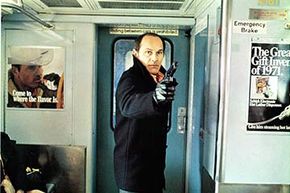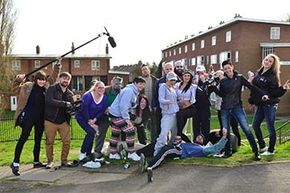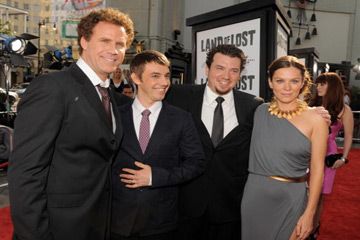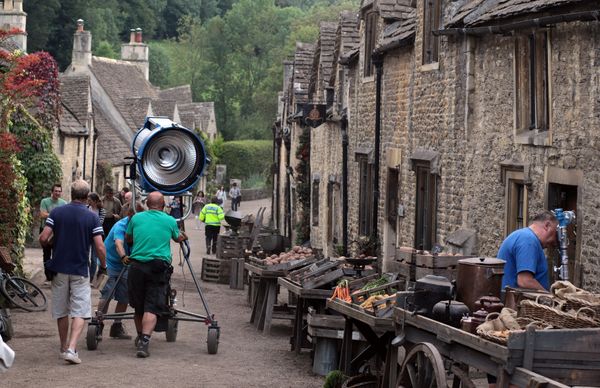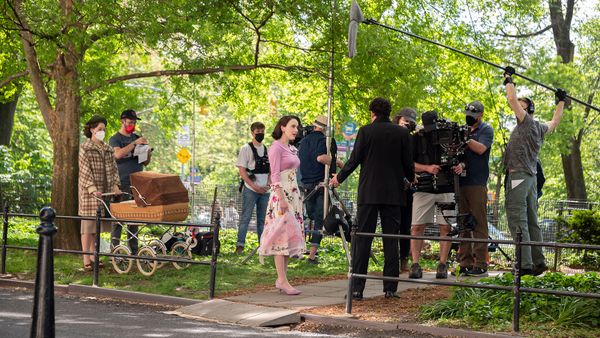Any film can be a guerilla film. Because the term doesn't apply to any particular genre, budget or style of directing. The main characteristic of guerilla films is that they're shot in public places without going through the proper permission channels.
The term "guerilla" is usually associated with rampant disregard for authority and convention. Unlike warfare of the same name, guerilla filmmaking is actually controlled, although it is subtly rebellious out of sheer necessity. This route is often taken because permit costs can rack up in a hurry, blowing what little budget an indie film has to work with. Even some big-budget films have shot certain scenes guerilla-style if getting permission is too big a hassle.
Advertisement
"Probably more films than you might think at least have an element of it that was shot guerilla," says Noam Kroll, award-winning Los Angeles-based filmmaker and owner of post-production house Creative Rebellion. He notes that subway scenes in "Black Swan" were filmed without permits, although the rest of the movie was done on the up-and-up. "When I usually talk about a guerilla film, it's a film where the entire film was shot that way."
Also known as "run and gun" filmmaking, many guerilla filmmakers dodge permits (and let's face it, the law) in favor of the "do now, apologize later" approach. Cast, crew and equipment are usually minimal to avoid getting busted by security. In fact, you might walk right by a guerrilla film in progress without even realizing, if it's being done stealthily enough. Films that fail to fly under the radar get shut down in a hurry, which is clearly embarrassing and definitely disruptive to the film schedule!
Guerilla filmmaking has been around since the dawn of cinema, although there wasn't anything illegal about it in the good old days. "If you trace back to the early days of film everything was guerilla," explains Kroll. "Back then there was no need for a location permit. At some point down the road there were parameters and rules put in place specifically for shooting because it became so widespread."
After the rules changed, so did the tactics of penny-pinching producers. Fortunately, your last name doesn't have to be Spielberg, Ephron or Cameron to get a movie made (although it definitely helps). Deep pockets can certainly dress up a film and make the process easier, but many aspiring filmmakers have built respectable, successful careers on movies that cost little or nothing to make. Find out how they did it, next.
Advertisement
